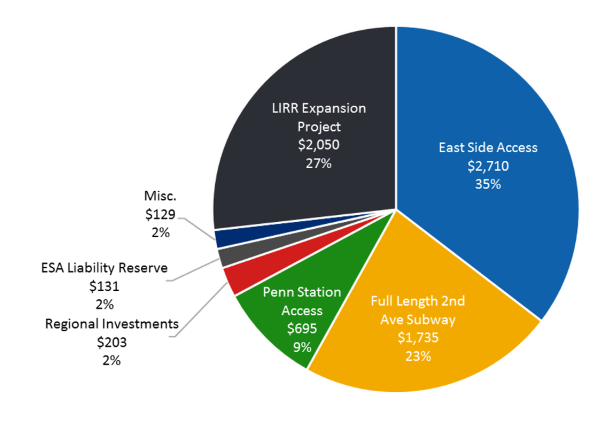2020-2024 Capital Plan
The Metropolitan Transportation Authority's 2020-2024 Capital Plan proposes investing $51.5 billion into the region’s subways, buses and railroads over the next five years to institutionalize and build on the progress of the Subway Action Plan and create a faster, more accessible, and more reliable public transportation system. The proposed level of investment is by far the highest in the MTA’s history, increasing spending on infrastructure by 70% over current levels, which were already the highest ever. The program plans to invest more than $40 billion in New York City Transit’s subways and buses alone – including crucial signal upgrades – as well as major investment in the Long Island Railroad and Metro-North Railroad.
2015-2019 Capital Investment by Agency
Capital investment is money the MTA spends to update and invest in our physical infrastructure. Things like new subway stations, bridge rehabilitation, or new buses are all included in capital spending. This money is not part of our regular operating budget. It's usually funded by special investment from government entities or via bond issues. Below, we highlight the investments of our 2015-2019 Capital Plan to show how a Capital Plan breaks down. All numbers in this page are in millions. For a more detailed breakdown of our capital program, visit the Capital Program Dashboard.
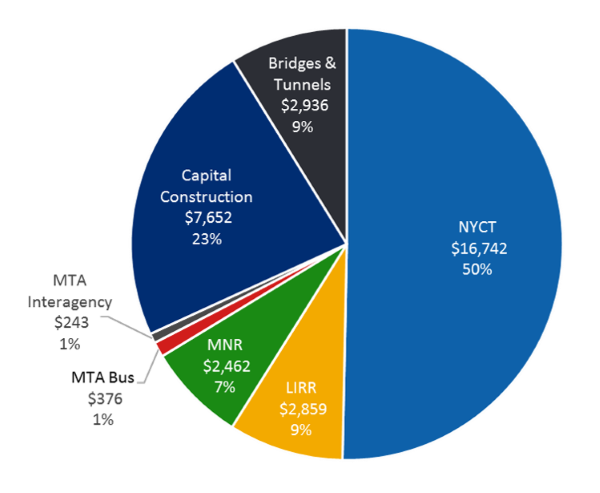
The MTA invests in capital projects to address the needs of New York’s century-old transportation system. We pay for projects using a combination of financial assistance, debt, and grants. Funding partners include the Federal government, the State of New York, and the City of New York. We develop capital programs every five years, as required by New York State law.
2015-2019 MTA New York City Transit
This program revitalized our subway system by:
- Modernizing signal system and interlockings,
- replacing track,
- upgrading stations,
- purchasing new subway cars, and
- making other critical investments.
Signal improvements — including Communications-Based Train Control — boost capacity and reliability. Station repairs and enhancements improved customer flow and safety throughout the system.
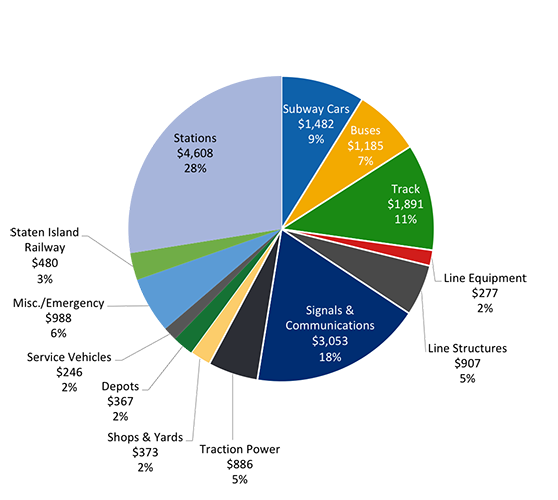
2015-2019 Long Island Rail Road
This program made crucial investments in rolling stock, stations, and infrastructure. To be ready for East Side Access, the LIRR continued expanding capacity in Jamaica. LIRR will also buy M-9 electric cars to complete the replacement of its aging M-3 fleet, and to expand service.
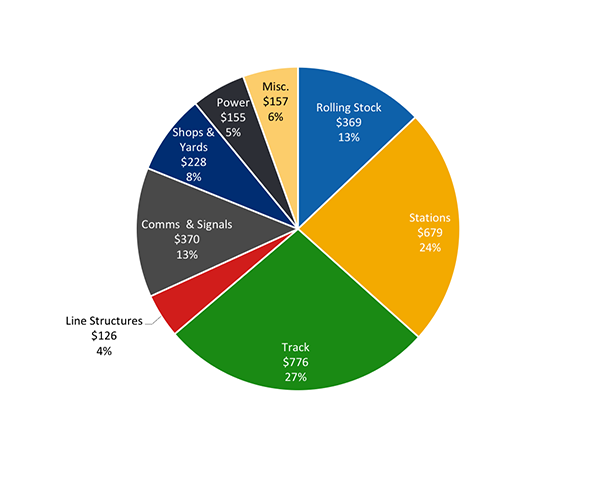
2015-2019 Metro-North Railroad
Most of Metro-North's capital program focuses on projects that will bring assets to a state of good repair. Those projects include replacing the Harmon Shop electric repair facility, and aging locomotives. Station investments, as well as customer information technology upgrades, will improve customer flow and communications. We will also complete the installation of the Positive Train Control system. Communications and signals projects on the Hudson, Harlem, and Port Jervis lines will support the Positive Train Control system.
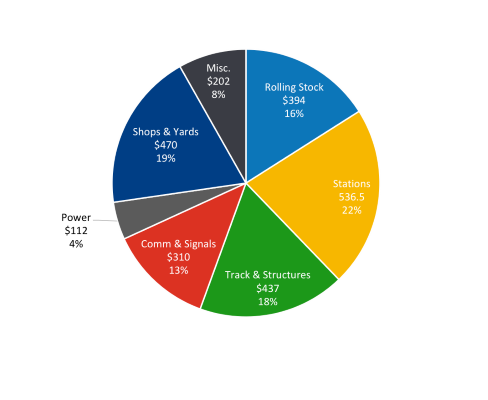
2015-2019 Bridges & Tunnels
Bridges & Tunnels's program focuses on:
- deck replacements,
- structural rehabilitation at various bridges,
- maintaining overall structural integrity.
The program also includes our recently installed toll collection system — Open Road Tolling, now active at all 9 facilities. Those investments will improve travel across the region and ensure the continued flow of toll revenue.
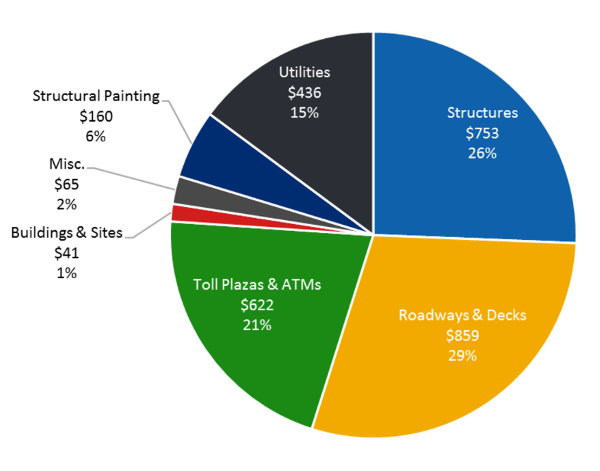
2015-2019 Capital Construction Company
MTA Capital Construction handles major network expansions for MTA operating agencies. These expansion projects ease regional congestion and create capacity for future growth. The capital program allows for the advancement of three new expansion projects:
- Penn Station Access,
- phase two of Second Avenue Subway, and
- the LIRR Expansion Project.
MTACC's program also continues to support the ongoing East Side Access project, which will bring the LIRR to Grand Central.
